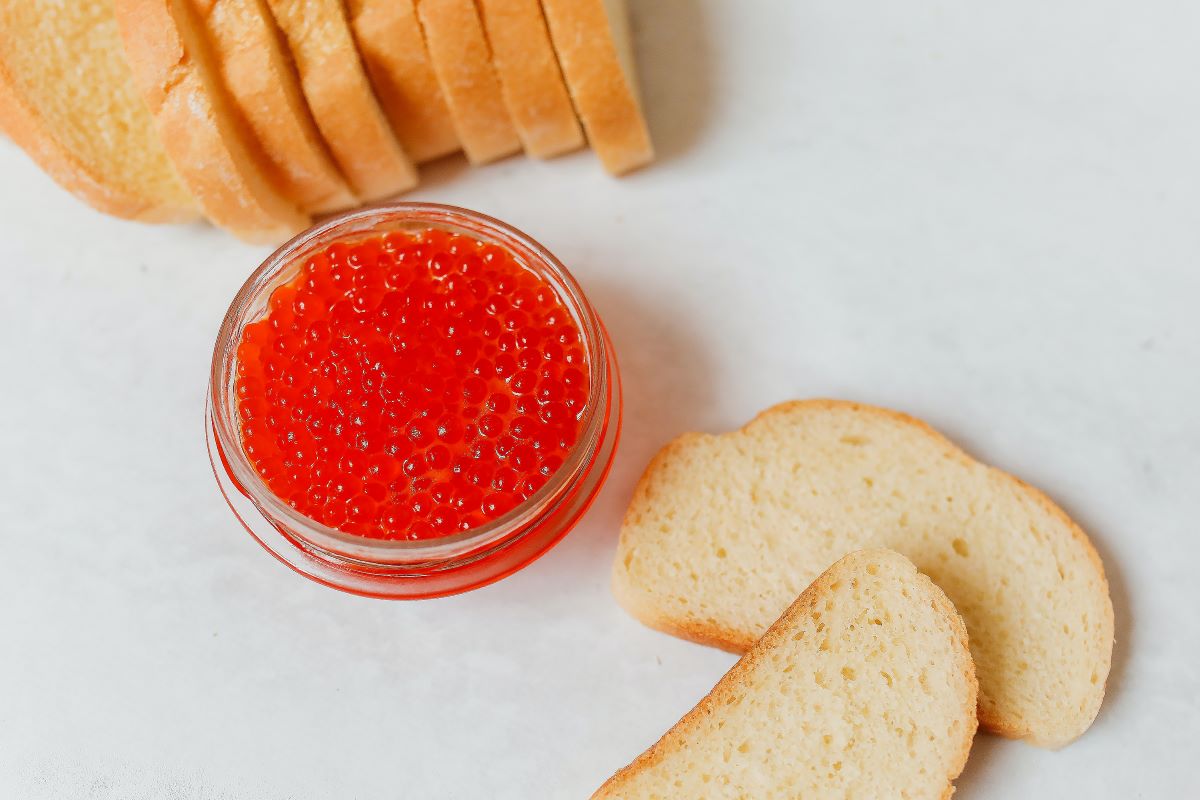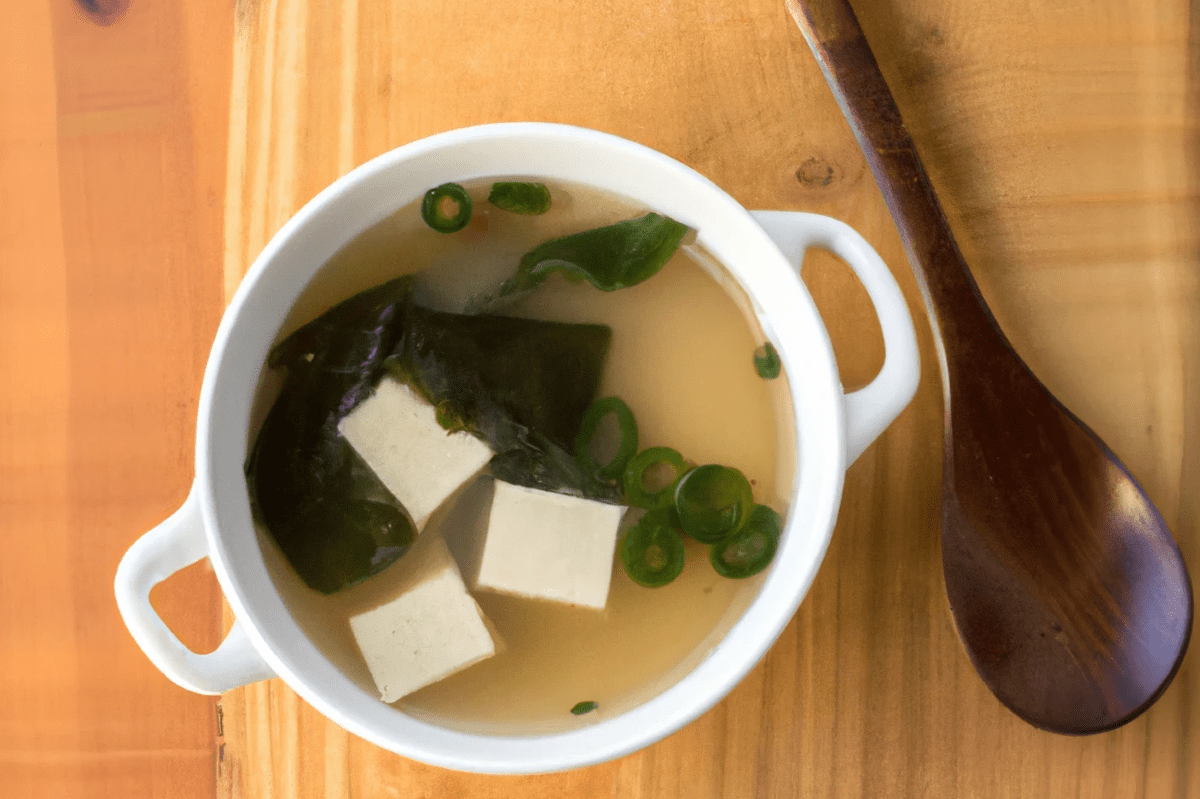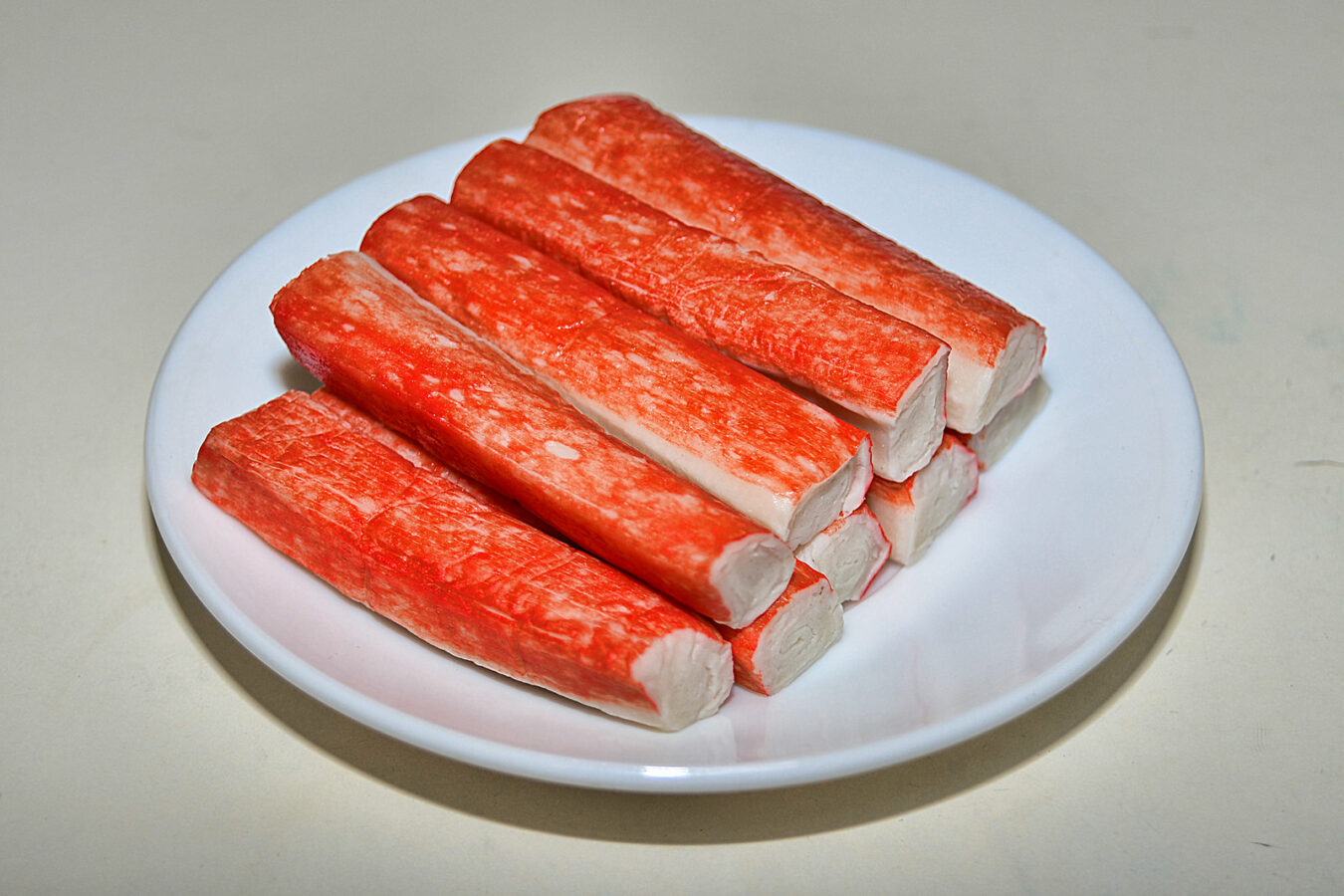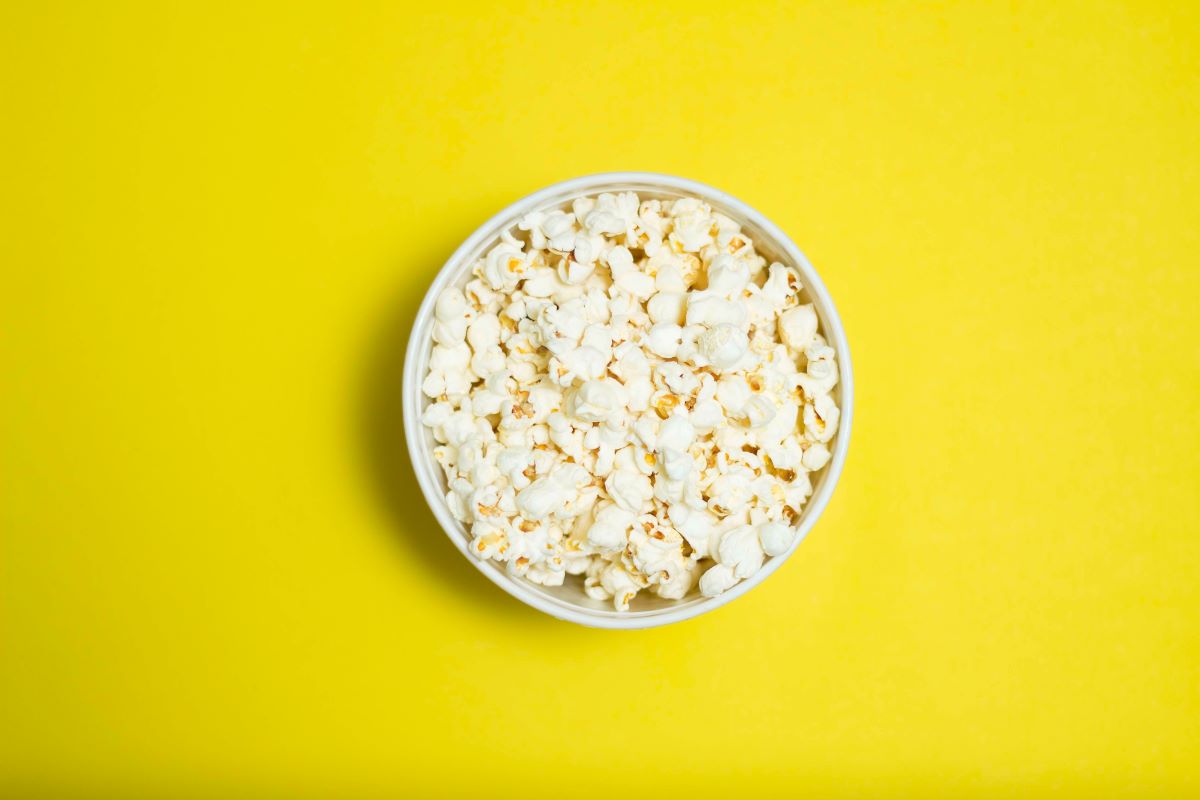Table of Contents
Is Caviar Vegan?
No, caviar is not vegan because it is fish eggs, which is an animal product.

Non-Vegan Ingredients or Processes
Caviar is made from the processed and salted roe of sturgeon fish. Of the many processes for harvesting roe, the most common involves killing the fish to harvest the eggs.
Another process involves performing c-section incisions on the fish, harvesting their eggs, stitching them back up, releasing them back into the farming ponds to heal and lay new eggs, then performing the whole process again.
Controversies or Gray Areas within the Vegan Community
Vegans can agree caviar is not a vegan product.
Caviar vs. Roe
The main distinction between caviar and roe lies in their sources. While roe generally refers to fish eggs, caviar specifically consists of unfertilized roe from sturgeon fish. Roe can come from various marine animals, including shrimp, scallops, squid, and lobsters. Therefore, the term “roe” encompasses all unfertilized eggs collected from marine animals.
Vegan-Friendly Alternatives and Variations
For those looking for vegan-friendly alternatives to caviar, there are a few options available in-store or online.
Store-Bought Alternatives
Vegans and vegetarians can rejoice now that plant-based caviar now exists. It’s not only plant-based and designed to resemble the real thing (albeit with a different taste) but also cruelty-free. This allows you to enjoy the taste of caviar without any ethical concerns.
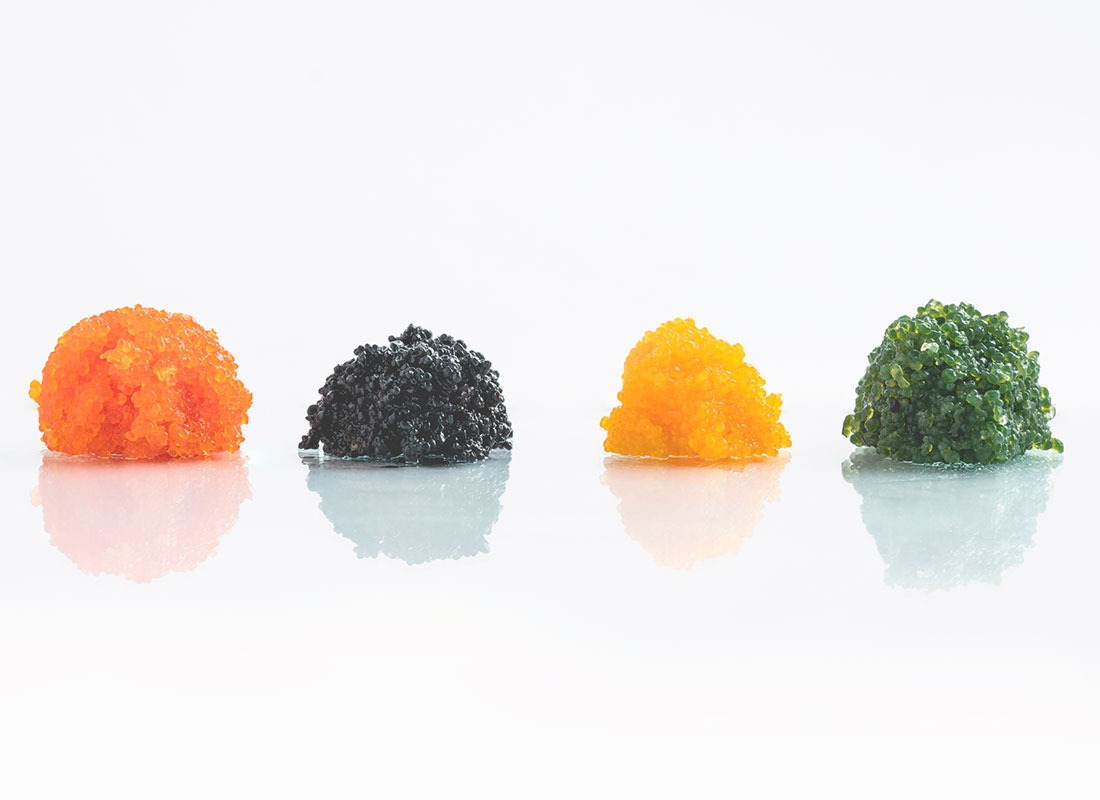
Cavi-art®
Made from seaweed, this plant-based alternative has become the substitute for lumpfish roe, cod roe, trout roe, and other types of roe. Cavi-art® offers various caviars, like Black seaweed caviar, Pink seaweed caviar, Wasabi seaweed caviar, and many more!
Tips for Identifying Vegan-Friendly Options
When buying vegan-friendly caviar, it is important to look for products labeled “vegan” or “plant-based.” Be sure to also check the packaging’s ingredients list to ensure they are made from seaweed, algae, or other plant sources, and not animal products.
Homemade Versions
Ingredient Swaps
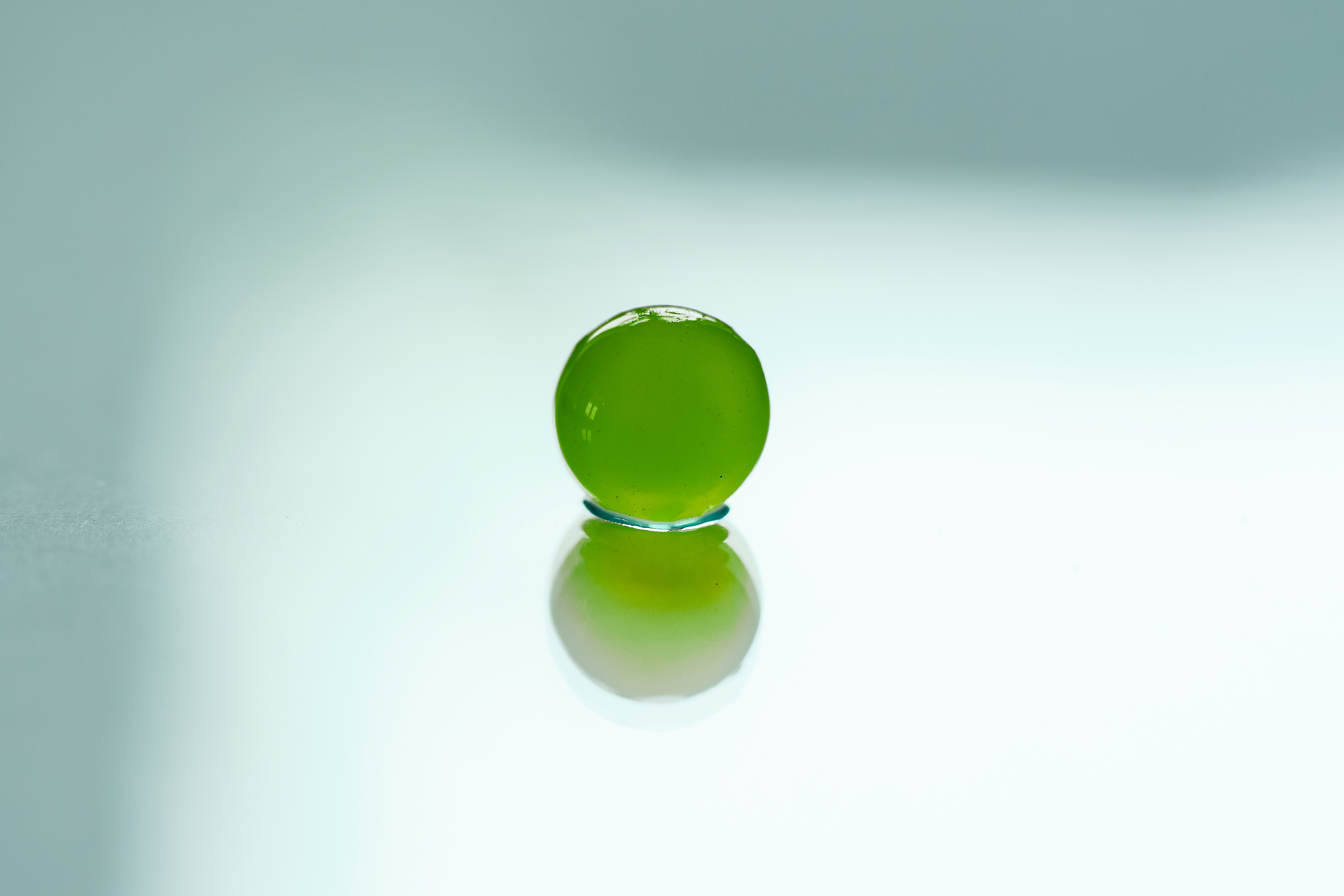
Seaweed pearls: A more sustainable plant-based product, seaweed pearls usually come from seaweed or seagrapes, and are created by creating a mixture of agar-agar and seaweed juice, after which a small dropper is used to create small pearls in cold oil mimicking the real thing.
Cavi·Art® has a full line of seaweed pearls available.
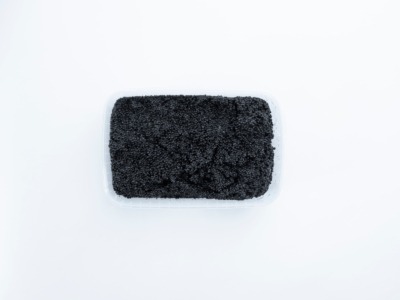
Balsamic “caviar”: Another plant-based alternative, balsamic caviar is made by mixing balsamic vinegar with agar-agar and creating pearls using a similar process with seaweed pearls. These spheres are often used as a garnish or topping for various foods, adding a burst of balsamic flavor and an interesting texture to the dish.
Cavi·Art® offers a pre-made balsamic caviar.
How to Use Vegan Alternatives in Recipes
Vegan caviar alternatives can usually be used in a 1:1 ratio in recipes that call for traditional caviar. Some recipes may require slight adjustments to accommodate the different flavors and textures of plant-based caviar alternatives.
How Caviar is Made
Once harvested from sturgeon fish, the roe sacks are rubbed across a stainless steel mesh screen. This is done to separate the eggs from the membrane. The eggs are then rinsed and inspected with tweezers to remove any impurities, membrane residue, and broken eggs. Finally, the caviar is weighed, salted, and packaged.
Primary Ingredients
Caviar’s main ingredients are the roe or eggs of a sturgeon, and salt.
Secondary Ingredients and Additives
It’s important to note that during the production process, caviar producers treat many sturgeon roes with food preservatives to extend the caviar’s shelf life and enhance its flavor. Sodium tetraborate, or borax, is the most common preservative used for this purpose.
However, consuming borax isn’t always safe, especially in large quantities. It can cause various side effects, such as vomiting, nausea, shock, and even kidney failure. Additionally, inhaling borax can irritate the eyes, skin, nose, throat, and lungs. Due to these risks, the United States has moved forward with attempting to ban the use of borax in food production.
Apart from sodium tetraborate, another preservative used in caviar eggs is sodium benzoate. Most caviar products contain at least 0.1% sodium benzoate. This acts as a stabilizer or a way to keep yeast and molds under control.
Sourcing and Ethical Considerations
Environmental Impact
The demand for caviar has led to overfishing and depletion of sturgeon populations in some regions, causing significant disruptions to the marine ecosystem. While sustainable fishing practices and conservation efforts exist, there are those who doubt that they are universally followed. It is also considered unethical because of the way it involves the re-use of the fish.
Labor Practices
Exploitative labor practices towards animals may be present in caviar production. Depending on the fishery’s source and location, such practices can involve the cruel treatment of animals during extraction, including invasive egg-harvesting methods or inhumane methods of killing the fish.
FAQ
Can vegans eat caviar?
No, vegans do not consume caviar, as it is derived from the harvested roe of the sturgeon fish. The process of collecting them is also considered unethical by the vegan community, as it not only harms, and kills, the fish, but also leads to a decline in the sturgeon population.
Are there vegan alternatives to caviar?
Yes, there are vegan alternatives to caviar. These plant-based alternatives are made from ingredients like seaweed, algae, or even fruit seeds, and are designed to mimic the appearance, taste, and texture of traditional caviar. One well known known vegan alternative is Cavi·art® seaweed caviar, kelp caviar, and vegan black caviar.
How is vegan caviar made?
The production process typically involves using ingredients such as seaweed extracts, vegetable gums, and natural flavorings to create small, caviar-like pearls. One popular method for making vegan caviar is spherification, a culinary technique found in molecular gastronomy, which involves combining base ingredients with a gelling agent, such as agar-agar. A small dropper is then used to create small pearls in cold oil.
